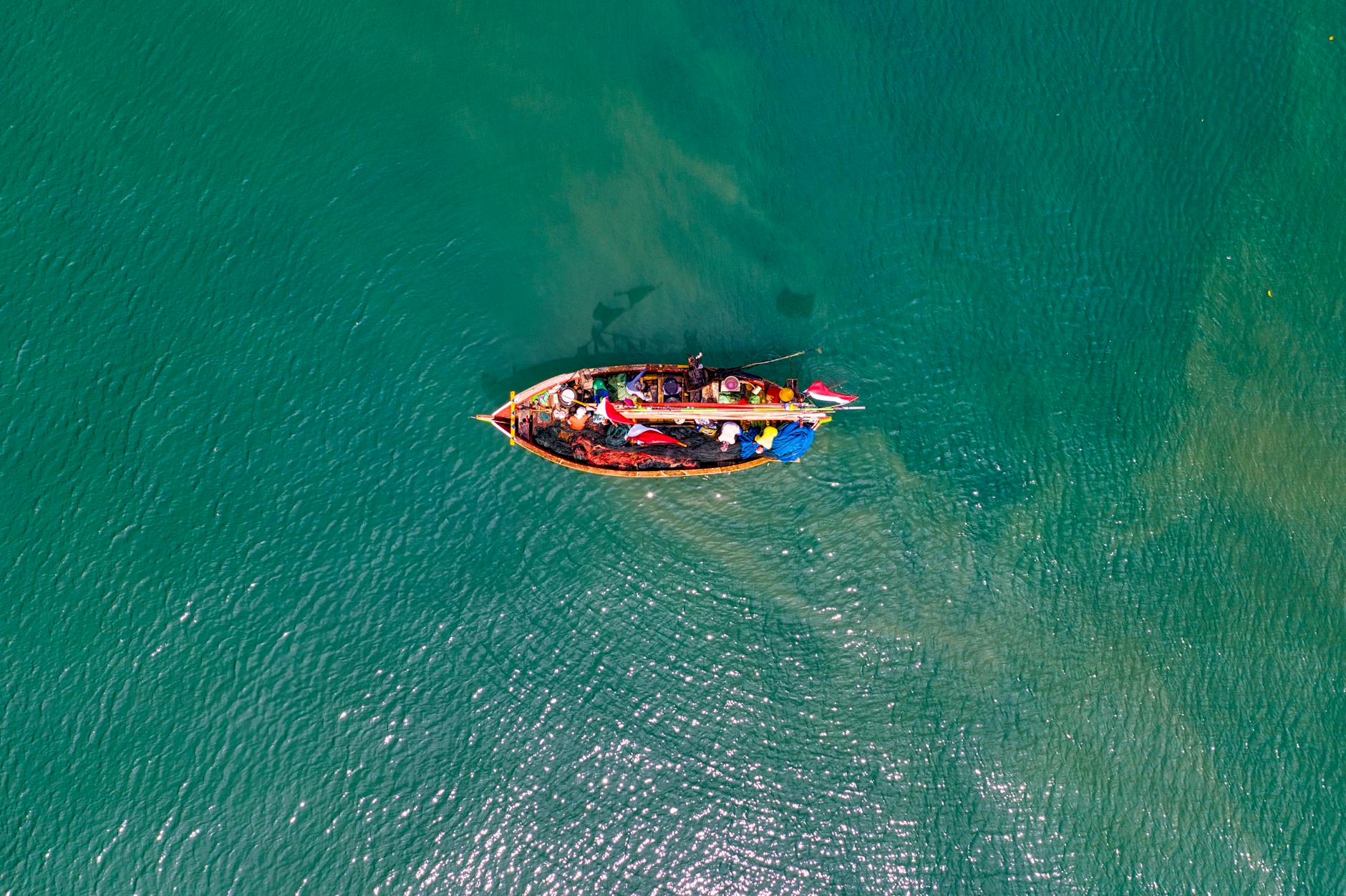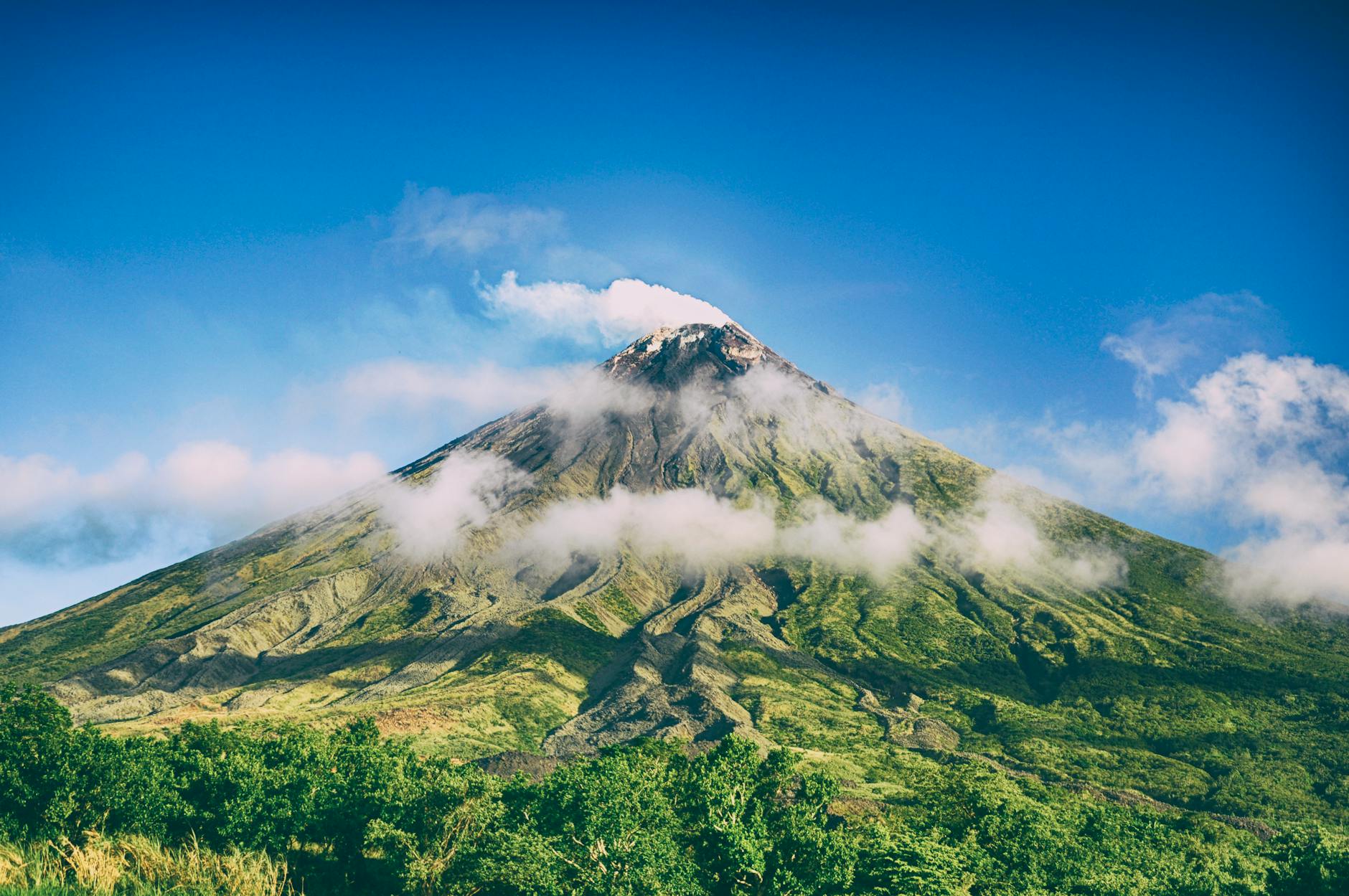Why Researchers Choose Australia for Studying Climate Change Impacts

Unique Ecological Diversity
Australia is a mosaic of varied climate zones, each offering vivid insights into climate change impacts. From the arid outback to the lush rainforests, Australia's geography is a living laboratory, mirrored by the fieldwork I experience regularly at the Royal Botanic Gardens Victoria in Melbourne. Here, every plant species reflects an adaptation strategy to unique environmental pressures. This rich tapestry of ecosystems offers researchers an unparalleled opportunity to study ecological and climatological diversity in its natural state.
Exploring Australia's Diverse Climate Zones
Australia's diverse climate zones illustrate the range of climate impacts on ecosystems. Researchers often marvel at how the bushlands of the southeast display a different kind of resilience compared to the temperate zones in the south. Equally fascinating is the intricate balance maintained on a Namibia Safari compared with the subtropical climates found in New South Wales. These variations serve as real-world models to assess the multifaceted impacts of changing weather patterns.
Rich Marine Ecosystems and Coral Reefs
The extensive marine ecosystems, including the Great Barrier Reef, are critical for climate study. The reef is more than just a stunning tourist attraction; it's a climate barometer that reveals much about marine biodiversity loss and coral bleaching trends. By linking the destruction observed here with the vibrant marine environments observed on Arctic cruises, scientists garner insights that enrich global marine conservation efforts.
Unique Flora and Fauna Adaptations
Australia is home to a wide range of flora and fauna, with species often exclusive to its landscapes. Unique adaptations, such as those seen in native eucalyptus trees and kangaroos, offer a vivid picture of evolution shaped by environmental stressors. Observing these adaptations provides valuable lessons, which have inspired sustainability projects at the University of Melbourne. This leading-edge research informs conservation strategies worldwide, echoing lessons learned from Machu Picchu tours and similar ecologically sensitive explorations around the globe.
Research Opportunities
Australia offers an unparalleled environment for climate change research, thanks to its state-of-the-art facilities. These research centres, notably tied with initiatives such as the sustainability projects at the University of Melbourne, are at the forefront of ecological innovation. For those passionate about environmental study, these facilities provide cutting-edge tools and resources to support in-depth exploration of various climate phenomena.
Collaborating with leading scientists, who often extend their research beyond continent lines to include regions like the Galapagos Islands tours and Africa tours, is another significant benefit. Such collaborations allow researchers to gain a comprehensive understanding of global climate systems. The opportunity to work alongside experts with extensive field research experience enriches the learning experience, offering insights into maintaining ecological balance—a theme commonly emphasised in the Royal Botanic Gardens Victoria.
Furthermore, governmental support plays an instrumental role. Australia’s robust investment in climate initiatives ensures that researchers have the necessary funding to innovate and tackle prevailing climate issues. This backing facilitates collaborations on a global scale, reinforcing Australia's position as a leader in climate research. With the Melbourne Zoo's conservation programs as a local success story, these initiatives hold promise for uplifting ecological studies beyond one's backyard.
Significance of Australian Landscapes
Studying Coastal Vulnerabilities
Australia’s diverse landscapes are crucial for understanding climate change, particularly when considering coastal vulnerabilities. From the Great Barrier Reef to the intricate mangrove ecosystems along the coast, Australian shores are laboratories of discovery for the interaction between rising sea levels and biodiversity. Researchers often reference the Galapagos Cruise model, where tourism intertwines with conservation efforts, enabling scientists and ecologists to conduct field studies and gain firsthand insights. The same method has spurred significant collaboration between institutions like the University of Melbourne and local sustainability projects, shedding light on necessary conservation efforts.
Impact on Desert and Arid Regions
The extensive arid zones of Australia, often overlooked, provide a unique opportunity for analysing the impacts of climate change. The harsh expanse of the Outback reveals insights into adaptation strategies developed by indigenous flora and fauna over millennia. Just as Galapagos Tours offer views into isolated ecosystems that have evolved in isolation, Australian deserts serve as open grounds for exploring resilience and adaptation. Gathering data from these areas informs global understanding of climate adaptation and resilience, often highlighted in Melbourne Zoo's conservation programs.
Rainforest and Deforestation Studies
Australia's rainforests, while rich in biodiversity, face threats from deforestation and climate change. Studying these areas is pivotal, offering important data on species loss and habitat degradation. The work aligns with initiatives seen at the Royal Botanic Gardens Victoria in Melbourne, which document plant species affected by changing climates. Insights obtained not only emphasise the importance of preserving native vegetation but also contribute to strategies for reforestation and sustainable land management.
Contribution to Global Climate Models
In my lectures, I often emphasise the importance of comprehensive, real-world data in advancing our understanding of climate systems. Australia's diverse ecosystems offer invaluable insights that contribute to international studies, enriching global climate models. Our research facilities, reminiscent of the cutting-edge projects at the University of Melbourne, provide rich datasets that enhance the accuracy of climate simulations.
Innovations in Research Methodologies
Australian researchers are pioneering innovative methodologies for climate research, drawing parallels with the evolutionary studies conducted at the Melbourne Zoo's conservation programs. These innovations include advanced monitoring of ecosystems and the integration of AI for more precise data analysis. Such methodologies present opportunities not only for examining areas like Patagonia through Patagonia tours but also for comparative environmental studies that identify unique adaptations and vulnerabilities.
Role in Predictive Climate Modeling
Australia's role in predictive climate modeling cannot be overstated. The unique climate data collected here informs models that predict future climate conditions, offering critical insights into both local and global scenarios. Researchers explore avenues akin to Central America Tours, comparing climate impact assessments in diverse geographic contexts. This approach enriches our understanding, allowing us to anticipate changes and plan for sustainable futures.
Together, these elements illustrate how Australia's contributions underpin broader scientific efforts to understand our rapidly changing world and drive innovations in sustainability.
Challenges of Climate Research in Australia
Navigating Indigenous Land Matters
Working in Australia comes with the responsibility to honour Indigenous land rights, a critical component deeply embedded in our history and future. I've witnessed firsthand the importance of incorporating Indigenous knowledge into environmental management. It’s a mutual exchange where respect for sacred sites and traditional practices takes precedence. Collaborations with Indigenous communities enrich our climate research, allowing a deeper understanding of ecosystems, such as those at the Royal Botanic Gardens Victoria in Melbourne. Engaging with Indigenous groups in these areas is not just a regulatory necessity but a means to achieve more holistic environmental stewardship.
Sustaining Ecological Harmony
Australia's diverse landscapes require vigilant efforts to maintain their ecological balance. Imagine the vast stretches of the outback or the intricate ecosystems of the Great Barrier Reef — their preservation demands a nuanced approach. In my field research, intertwined with sustainability projects at the University of Melbourne, we’ve observed how delicate these systems are. Our challenge lies in mitigating human impact while fostering biodiversity. The Melbourne Zoo's conservation programs beautifully exemplify such efforts, focusing on habitat restoration and species conservation, showing us paths to maintain equilibrium.
Tackling Remote Research Logistics
Conducting research in Australia may involve traversing its expansive, often inhospitable terrains. Picture researchers setting up camp in the arid heartlands far removed from established cities. Overcoming these logistical hurdles is critical for successful data collection. In regions where even basic amenities are sparse, innovative solutions are vital. Utilising technology for remote monitoring and relying on local expertise can bridge these gaps, ensuring vital information on climate change impacts continues to flow. These challenges, while formidable, underscore the commitment necessary to understand and protect our planet’s future.


